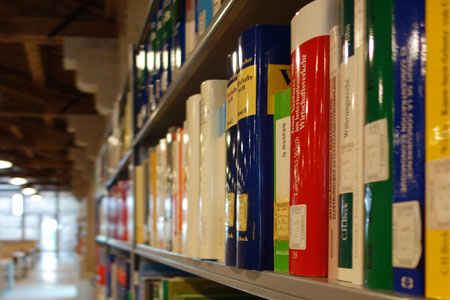Speaker:
Finn Forsund
- University of Oslo
Monday, June 20, 2011
at
12:30 PM
Aula H, Palazzo di Economia
The materials-balance principle points to the crucial role of material inputs in generating residuals in production processes. Pollution modelling must be of a multi-output nature. The most flexible transformation function in outputs and inputs used in textbooks is too general to make sense in pollution modelling. Specifying bads as if they are inputs, although may be defendable on a macro level as a reduced form, hides explicit considerations of various modification activities. Applying a non-parametric efficiency approach extended to cover bads as outputs, assuming weak disposability of the bads, has serious formal weaknesses as well as not accounting satisfactorily for abatement. Factorially determined multi-output production may be used to model generation of bads by making them being functions of the same set of inputs as in the production of good outputs. A complete taxonomy of inputs as to the impact on both residuals and marketed products as joint outputs is then derived. Factorially determined multi-output production can also be used to model end-of-pipe purification, observing the materials-balance principle, thus providing detailed information for choice of policy instruments.







